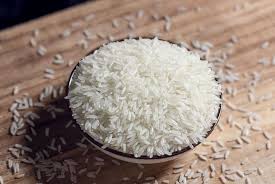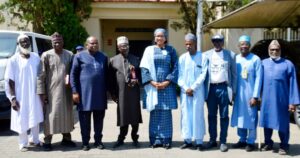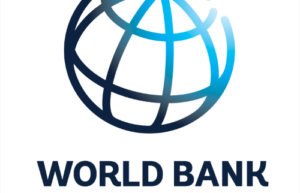More than 100 countries including China, India, Brazil, and South Africa—face serious obstacles that could hinder their efforts to become high-income countries in the next few decades; this is according to a new World Bank study that provides the first comprehensive roadmap to enable developing countries to escape the “middle-income trap.”
Drawing on lessons of the past 50 years, the World Development Report 2024 : The Middle Income Trap finds that as countries grow wealthier, they usually hit a “trap” at about 10% of annual U.S. GDP per person—the equivalent of $8,000 today. That’s in the middle of the range of what the World Bank classifies as “middle-income” countries. Since 1990, only 34 middle-income economies have managed to shift to high-income status—and more than a third of them were either beneficiaries of integration into the European Union, or of previously undiscovered oil.
The report finds that at the end of 2023, 108 countries were classified as middle-income, each with annual GDP per capita in the range of $1,136 to $13,845. These countries are home to six billion people—75% of the global population—and two out of every three people living in extreme poverty. They generate more than 40% of global GDP and more than 60% of carbon emissions. And they face far bigger challenges than their predecessors in escaping the middle-income trap: rapidly aging populations, rising protectionism in advanced economies, and the need to speed up the energy transition.
“The battle for global economic prosperity will largely be won or lost in middle-income countries,” said Indermit Gill, Chief Economist of the World Bank Group and Senior Vice President for Development Economics. “But too many of these countries rely on outmoded strategies to become advanced economies. They depend just on investment for too long—or they switch prematurely to innovation. A fresh approach is needed: first focus on investment; then add an emphasis on infusion of new technologies from abroad; and, finally, adopt a three-pronged strategy that balances investment, infusion, and innovation. With growing demographic, ecological and geopolitical pressures, there is no room for error.”
The report proposes a “3i strategy” for countries to reach high-income status. Depending on their stage of development, all countries need to adopt a sequenced and progressively more sophisticated mix of policies. Low-income countries can focus solely on policies designed to increase investment—the 1i phase. But once they attain lower-middle-income status, they need to shift gears and expand the policy mix to the 2i phase: investment and infusion, which consists of adopting technologies from abroad and spreading them across the economy. At the upper-middle-income level, countries should shift gears again to the final 3i phase: investment, infusion, and innovation. In the innovation phase, countries no longer merely borrow ideas from the global frontiers of technology—they push the frontier.
Good production costs money and you can support what we do. Please find our details below👇🏾👇🏾👇🏾 Account name: MARKET ONLINE MEDIA Bank: UBA Acc No: 1026401930.































